Wind is the one natural resource the UK has never been short of.
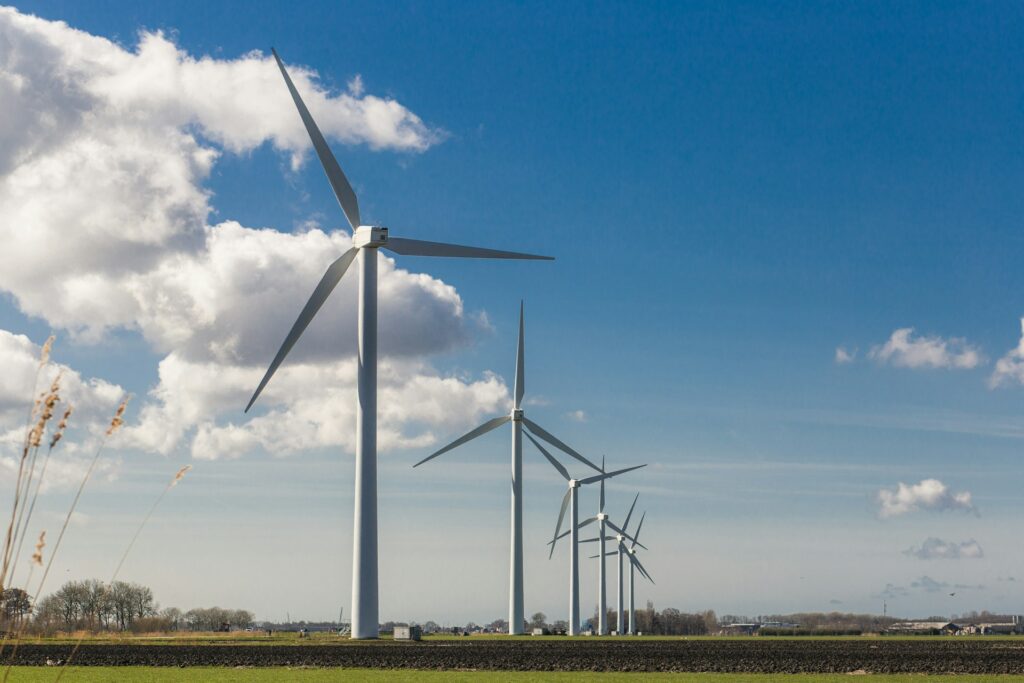
Whether it’s sweeping across the Highlands, gusting over the North Sea, or blowing in from the Atlantic, wind has shaped our weather, our landscapes, and now potentially our energy future. As the world scrambles to cut carbon emissions and secure more stable, homegrown energy supplies, the UK finds itself with an extraordinary advantage. In fact, wind energy may just be our greatest underused superpower, and the key to building a cleaner, more resilient future that benefits not only the climate but also the economy and communities across the country.
Wind energy provides a natural advantage we can’t afford to ignore.
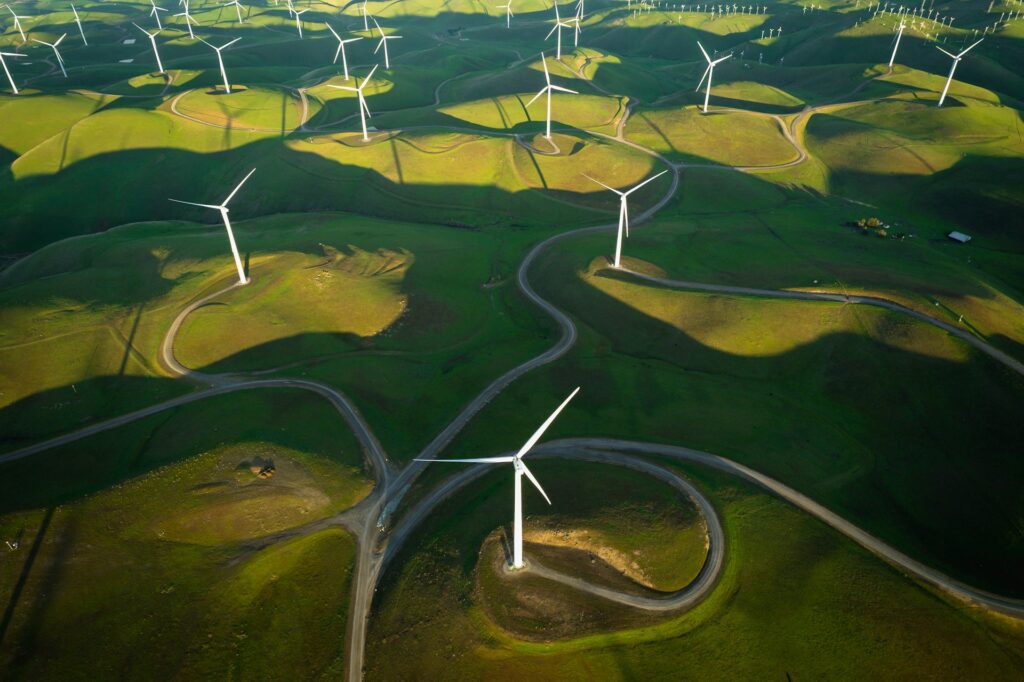
The UK’s location gives it a built-in advantage when it comes to harnessing wind power. With thousands of miles of coastline, a continental shelf perfect for offshore turbines, and strong, steady wind patterns year-round, this island nation has more wind energy potential than most other countries combined. This isn’t just theory—we’ve already seen what’s possible.
By 2023, wind power accounted for over 28% of all electricity generation in the UK—a record high, making it the single biggest contributor to the country’s electricity mix. This is no small feat, especially considering that just a decade ago, coal was still dominant. Now, with more than 30 gigawatts of installed wind capacity (split between onshore and offshore), according to Climate Action, the UK is laying the groundwork for a more self-sufficient energy system.
And offshore wind is where the UK truly stands out. We operate the world’s second-largest fleet of offshore wind farms, second only to China. These vast arrays of turbines, many located far out at sea, are now powering millions of homes. New floating wind technology is pushing that frontier even further by allowing turbines to be installed in deeper waters, opening up access to stronger and more consistent wind resources that were previously unreachable.
It’s more than just energy—wind can be used as an economic force.

Wind energy isn’t just about ticking boxes on climate commitments. It’s about jobs. It’s about investment. And it’s about long-term national resilience. Over the next five years, the UK is expected to attract tens of billions of pounds in private and public investment for offshore wind projects. This means more than just clean electricity. It means infrastructure, shipbuilding, manufacturing, and maintenance.
The government has already committed £300 million specifically to develop the offshore wind supply chain, with the goal of building up domestic capabilities and reducing reliance on imports, per Reuters. These investments are creating jobs not just in the Southeast or London, but across former industrial heartlands and coastal communities that have long been overlooked.
We’re also seeing a rapid increase in opportunities for training and re-skilling. Former oil and gas workers in the North Sea are transitioning into offshore wind. Colleges are offering new qualifications in renewable technologies. Port cities like Grimsby and Aberdeen are reinventing themselves as wind energy hubs. Floating wind in particular has the potential to revitalise underused shipyards and ports in Wales, Scotland, and the South West, bringing much-needed economic life back to these regions.
The environmental benefits are hard to overstate.
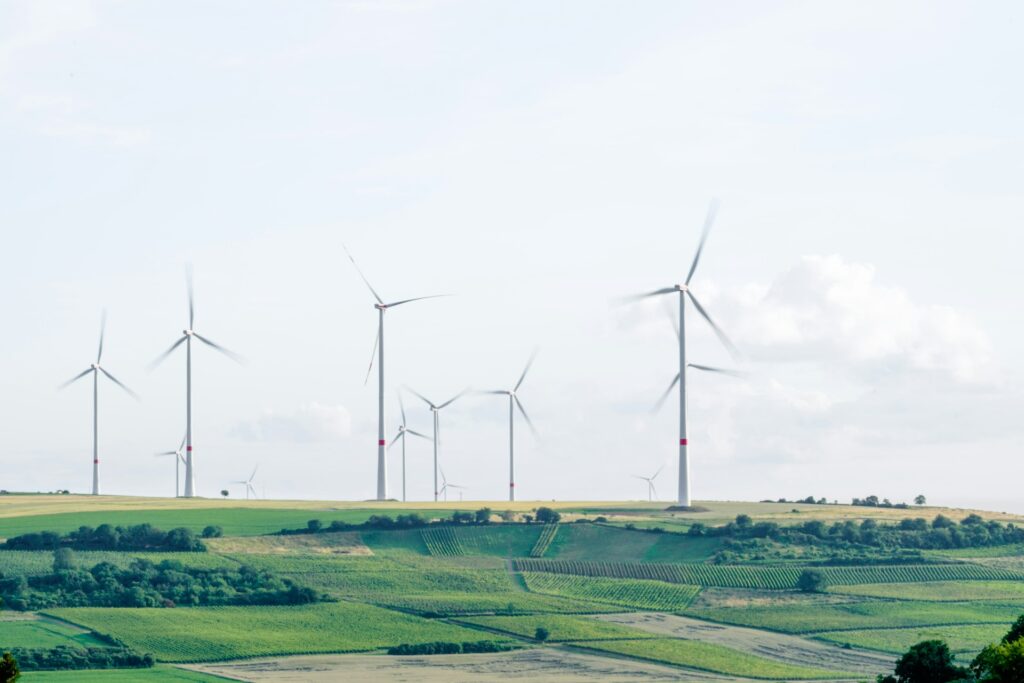
The environmental case for wind energy is clear and compelling. Once turbines are up and running, they produce electricity without releasing any carbon emissions, air pollutants, or water waste. That’s a massive contrast to fossil fuels, which not only contribute to global warming but also pollute the air we breathe and water we drink.
According to the Local Government Association, a typical wind turbine pays back the energy used to build and install it within just six to eight months. After that, it delivers 20–25 years (or more) of clean, renewable energy. That makes wind one of the most efficient and sustainable technologies available today.
It’s not just about climate targets, either. Wind energy also reduces our dependence on imported fossil fuels. In a world where energy prices are increasingly affected by geopolitical tension and global market fluctuations, having a homegrown source of reliable power is a major advantage. Wind gives us control. It adds security. Plus, it helps protect consumers from volatile energy bills driven by distant conflicts or supply chain issues.
Challenges exist, but they’re not insurmountable.
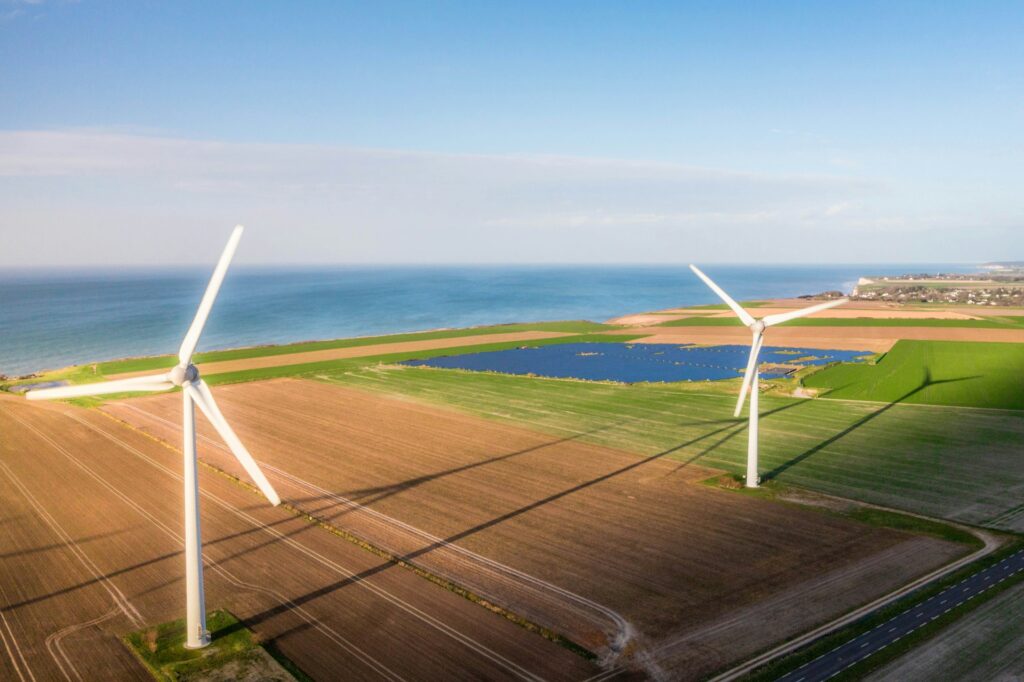
Of course, no energy solution is without its complications. One of the most frequently raised issues with wind energy is intermittency—the fact that the wind doesn’t always blow. But that challenge isn’t as big as it once was. Advances in battery storage, flexible grid technology, and demand management tools are already smoothing out those peaks and troughs.
We’re also increasingly able to balance wind energy with other renewables like solar and hydro, as well as interconnectors that allow us to trade electricity with neighbouring countries. It’s not about any single energy source doing it all. It’s about building a diverse, adaptable system that can respond to whatever the weather or demand throws at it.
Public perception is another issue, particularly with onshore wind. Some communities remain wary of turbine installations, raising concerns about visual impact, noise, and effects on wildlife. These concerns deserve to be heard and addressed, and in many cases, they can be. Modern turbines are quieter and more efficient than ever. Careful siting, clear communication, and community benefit schemes can go a long way toward building local support.
Offshore wind, while generally more accepted, also brings its own set of environmental considerations. Turbines can affect bird migration, marine habitats, and fisheries. But the sector has responded with rigorous environmental assessments, monitoring programmes, and design innovations that aim to minimise harm. The reality is, when compared to the damage done by oil drilling, gas extraction, and coal mining, wind is vastly less destructive.
The UK has a real chance to lead the world.
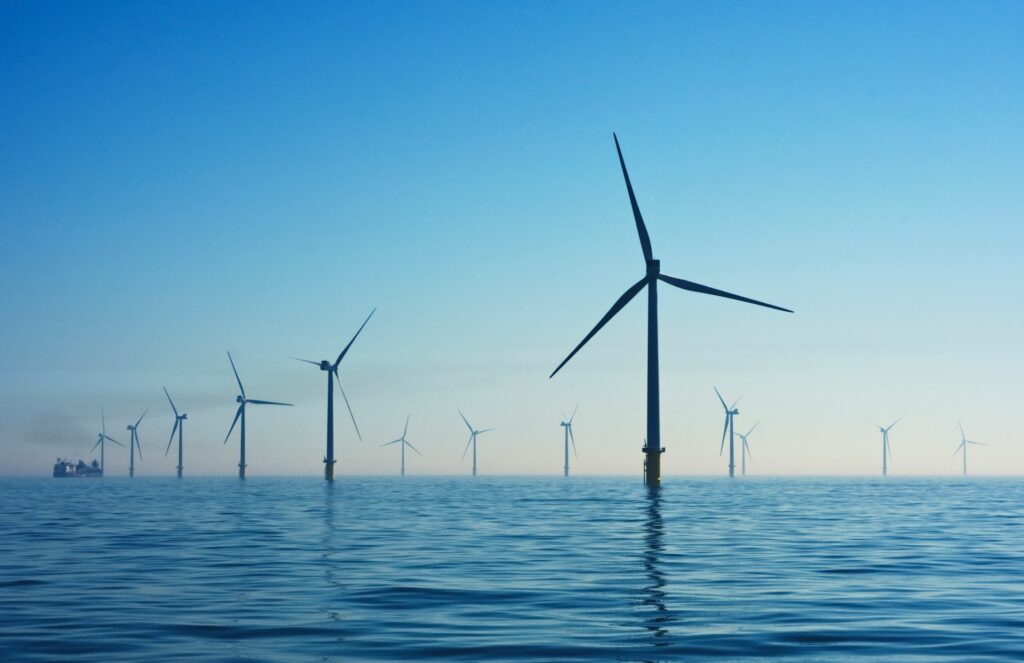
Right now, the UK is in a strong position. We’ve got the natural resources, the infrastructure, and the technical expertise to be a global leader in wind energy. The government’s current goal is to reach 50 GW of offshore wind capacity by 2030, including 5 GW from floating wind. That would make wind power a dominant force in our energy mix and a cornerstone of our net-zero future, according to IEA Wind.
But leadership isn’t just about technology; it’s about influence. If we can show that wind power works at scale—that it creates jobs, lowers bills, and protects the environment—we can influence other countries to follow suit. Already, we’re seeing interest from international investors eager to support UK green energy projects. As The Guardian reported, in April 2025, the government launched a global push to attract investment into UK renewables, putting wind front and centre.
There’s also the export potential. British firms are already designing turbine parts, managing offshore installations, and consulting on wind farm development in countries from Taiwan to the US. If we continue to invest in skills, innovation, and supply chains, we can position the UK not just as a user of wind energy, but as a major global supplier of wind expertise.
The big picture is important.
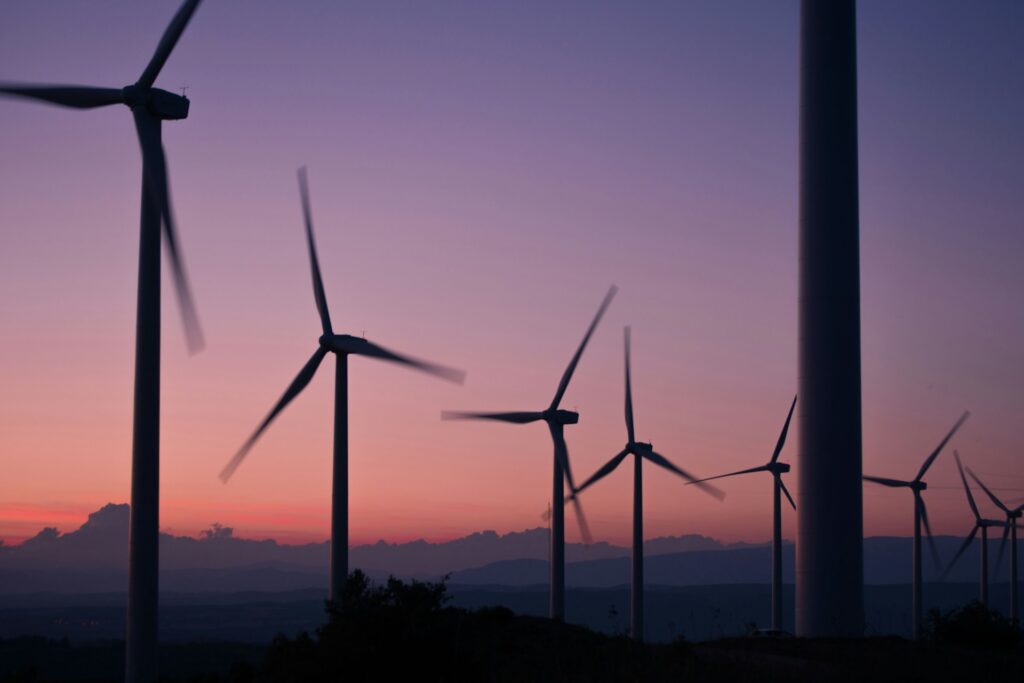
Wind energy won’t fix every environmental issue we face, but it’s a cornerstone of any serious plan to reduce emissions, improve energy security, and build a more equitable economy. It’s clean, it’s plentiful, and it’s uniquely suited to the UK’s strengths.
But most importantly, wind power offers us hope—not the vague, abstract kind, but something real and tangible. It’s the kind of hope that hums quietly in the background, turning motion into energy, powering homes and hospitals, and proving that it’s still possible to build a better future with the resources we already have.
We’re already part of the global wind movement. The question now is whether we choose to lead it, not just with turbines, but with vision, ambition, and a genuine commitment to leaving the world better than we found it.